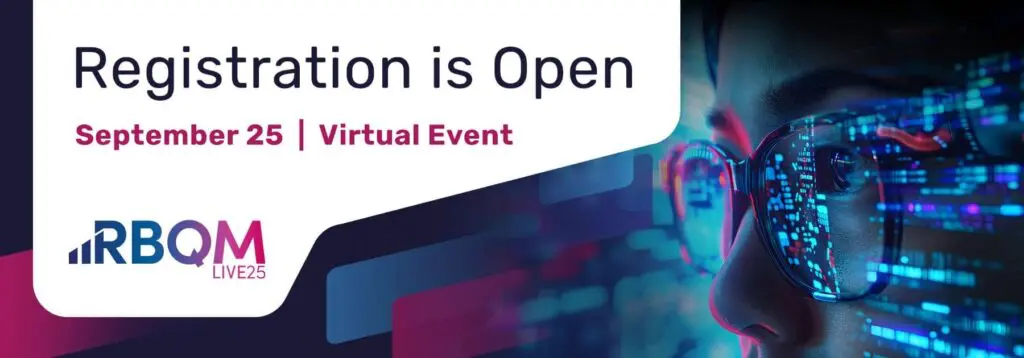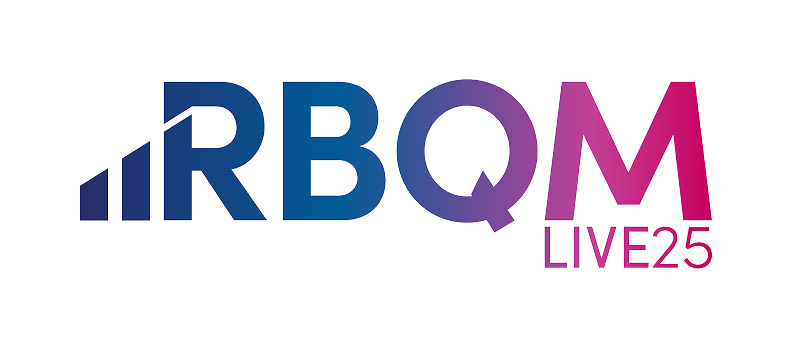Chief Scientific Officer of CluePoints, Steve Young, discusses his thoughts on how Centralized monitoring has started to take off in the clinical trials industry even though it is still a fairly new trend.
Where Does Centralized Monitoring Fit in Clinical Trials?
Centralized Monitoring offers a way of remotely assessing all variables deemed to be indicative of quality, whether it is lab data, eCRF data, or eCOA/ePRO data. The method compares the distribution of all variables in each study site with other sites, meaning that abnormal patterns can be identified. Using complex and proven statistical algorithms to drill down into individual patient data, the approach can detect signals to better manage risk and determine variations between sites in order to identify statistical outliers. This allows sponsors to identify errant sites quickly and immediately send monitors to those sites, consequently improving study and data quality.
By analysing all available information, Centralized Monitoring is able to detect issues such as lack of variability or implausible values that are likely to go undetected using other methods. It offers the potential to determine where issues might lie during study conduct and before significant problems occur, helping to avoid any issues arising that could put a trial at risk or jeopardise successful regulatory submissions. The approach requires minimal work for the study team in gaining objective information and the protocol is implemented in the same manner using the same CRF at all sites.
Centralized monitoring supported by advanced statistical and analytic methods provides a treasure chest of insights – in the form of important risks to study and data quality that could indicate issues stemming from training needs, sloppiness and even fraud. But organisations need to open the chest if they are to extract the value.
As the rubber hits the road with centralized monitoring, a significant stumbling block that some organizations are facing with this key component of risk-based monitoring is the inability of study teams to effectively evaluate and follow up on many of the risks identified. As a result, many important emerging issues in the conduct of the study may not get proactively addressed which can impact patient safety and/or the reliability of trial results.
What is causing this gap in the translation of identified risks into appropriate action?
Resistance from Site Management Teams
A significant part of the problem is resistance, which manifests itself in a variety of ways.
First and foremost are site management teams. Site monitors are responsible for checking quality at the sites they are assigned to. So, when you introduce a central monitoring tool that is highly effective at identifying potential site quality issues and is often managed by another part of the organisation such as data management or biometrics, there’s a natural tendency to react defensively when potential issues are presented that you were not already aware of. The result is too often a denial that any of these risks represent actual issues. And this type of result is all the more likely if site management teams have not been included in the development and roll-out of the centralized monitoring process or have not been properly trained on effective risk review and follow-up. Site monitors often develop personal relationships with the site staff which may also contribute to a quicker dismissal of identified risks and a desire to explain them as non-issues.
Change is always challenging for an organization, and resistance to change can be fierce depending on how the change is managed (or not). This can happen especially when people do not feel any ownership of a new process, and its even worse if they have not been fully trained and equipped for success. It can be further exacerbated by cross-functional disputes over process ownership, where some functional leads may also be tacitly resisting the roll-out approach. These challenges become increasingly prominent as organizations become larger.
Lack of Critical Thinking and Analysis of Identified Risk
Even when study team members are not defensive or otherwise resistant to centralized monitoring, there is often a lack of discipline in the evaluation of identified risks and determination of root cause. We have witnessed numerous occasions in which study team members reviewed a risk presented from centralized monitoring and came to a quick, unsupported, and incorrect conclusion about the root cause. In one example, a site in a large dermatology study was flagged as high risk across a number of KRIs and statistical data monitoring tests. The following are a few of the specific risks identified:
- Average time to complete key endpoint assessments (PASI, IGA) was extremely low compared to overall study average.
- PASI and IGA scores were inconsistent with each other at a very high rate (90% of the time)
- PASI and IGA scores were propagated across patient visits at a high rate.
These findings were shared with the responsible site management team with instruction to investigate and confirm root causes and any corrective actions required. The responsible site monitor initially responded that these centralized monitoring risks did not represent real issues, as they were monitoring the site frequently and have observed that everything was being done appropriately. One of the study team members was not comfortable with this conclusion however and performed some additional investigation of the site data which further confirmed and reinforced the initial centralized monitoring findings. This led to additional visits to the site and discovery of some significant issues in study conduct. If it had not been for the due diligence of this one study team member, the study conduct issues at this site would have persisted indefinitely much of the primary endpoint data at this site would likely have been unreliable.
Unlocking Centralized Monitoring’s Insights
Realising the full value of centralized monitoring – along with the larger risk-based quality management paradigm – requires an end-to-end focus on change management. Several well-known keys to successful change are worth repeating here:
- Organizations need to show people why they are asking them to embrace centralized monitoring; including the huge value that it will add in helping to ensure the quality of their studies.
- Securing firm and vocal senior management support and endorsement is imperative and should be accomplished as early as possible.
- Ensure that all relevant stakeholders in centralized monitoring across the organization are identified and included in the initiative from the beginning. Encourage appropriate cross-functional involvement and ownership, including the relevant functional leaders.
- Identify champions within each functional group that will help to train and mentor colleagues and promote the virtues of centralized monitoring.
The Five Whys in Identifying the Risk Sources
Pharma can learn from other industries, which have already developed a number of root causes analysis techniques. The five whys approach, which has been endorsed by NHS Improvement, states that by asking ‘why’ five times, organisations can quickly identify the source of an issue, allowing them to focus their resources – and corrective action – in the right area. Ultimately, no centralized monitoring project is performing its duty until all risks have been analysed, their causes confirmed and documented, and any necessary corrective actions taken. And without an effective risk triage procedure, the treasure trove of insights delivered by centralized monitoring solutions will remain firmly closed.



